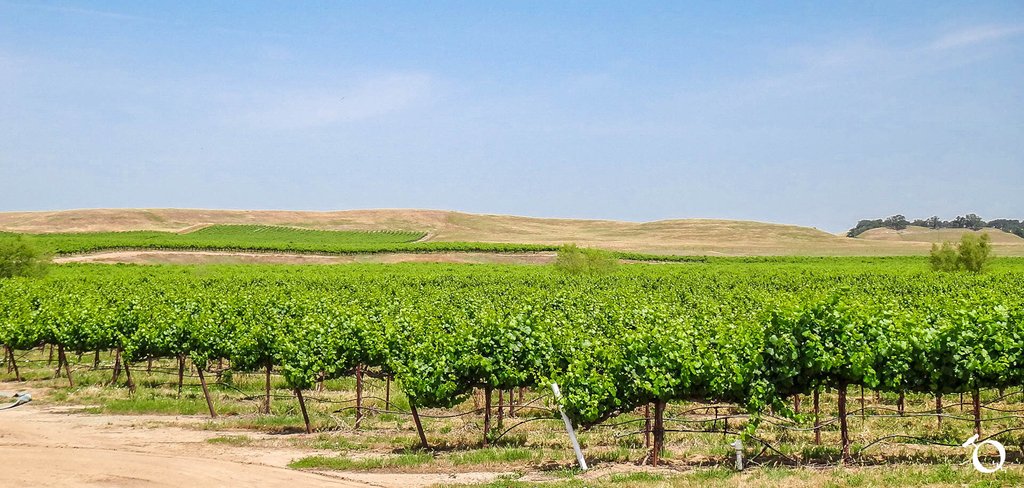Located within the Lodi AVA, Alta Mesa is one of 7 sub-appellations approved in 2006. Located on 55,400 acres, Alta Mesa is a sub-appellation of the Lodi AVA and is located in Sacramento County. The decision to create the sub-appellations was done through the Lodi AVA Steering Committee. This group formed by 16 members of the committee and over three years looked at the area through scientific and historical perspectives as well as community outreach. Led by chairmen Markus Bokisch of Bokisch Ranches and Duarte Nursery and Keith Watts of Watts Vineyards steering committee backed the sub-appellation plan because it allowed winemakers and growers to differentiate between different microclimates and soils within the greater Lodi Area.
The name, Alta Mesa refers the the relatively high, flat land the area formed by the alluvial fans and terraces created bythe American and Cosumnes river. The term “Alta Mesa” has been used since California was a Spanish and later Mexican possession.
The soils of the area are predominately the San Joaquin series (90%). These soils are the official state soil of California and consist of brown to red loams and clays with clays and hardpan limiting the depth that root systems can reach. The temperature of the region is warmer than the majority of the Lodi area appellations and it is cutoff from the cooler, ocean breezes from the Sacramento-San Joaquin river delta. In the winter this leads to fog as standing water meets cold air running off the Sierra Nevada mountains to the east. The dense soil and low rainfall force the vines to grow smaller and focus all of their energy in producing their fruit, giving it a robust deep flavor.
Alta Mesa AVA is unusual in that there are no bonded wineries operating within its boundaries. Instead the appellation is most known for its fruit. The most common grape varieties are Zinfandel, Syrah, Cabernet Sauvignon, Cabernet Franc, and Merlot.





















